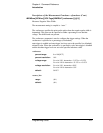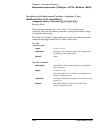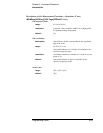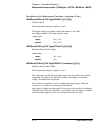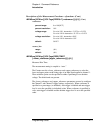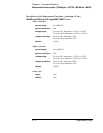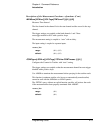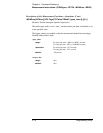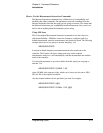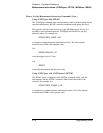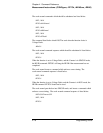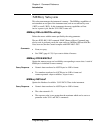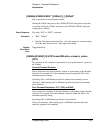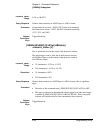
Chapter 4 Command Reference
Introduction
Programming Guide 4-75
How to Use the Measurement Instruction Commands
The Measure Instruction commands have a different level of compatibility and
flexibility than other commands. The parameters used with commands from the
Measure Instruction describe the signal you are going to measure. This means that
the Measure Instructions give compatibility between instruments since you do not
need to know anything about the instrument you are using.
Using :MEAsure
This is the simplest Measurement Instruction command to use, but it does not
offer much flexibility. :MEASure causes the Counter to configure itself for a
default measurement, starts the measurement, and queries the result. The following
example shows how to use query to measure frequency. Use
:MEASURE:FREQ?
to execute a default frequency measurement and have the result sent to the
controller. The Counter will select settings and carry out the required
measurement; moreover, it will automatically start the measurement and send the
result to the controller.
You may add parameters to give more details about the signal you are going to
measure. Use
:MEASURE:FREQ? 50 MHZ, 1 HZ
where 50 MHz is the expected value, which can of course also be sent as 50E6
HZ, and 1Hz is the required resolution.
Also the channel numbers can be specified if you send, for example:
:MEASURE:FREQ? (@2)
:MEASURE:FREQ? 50 MHz, 1 HZ, (@2)



